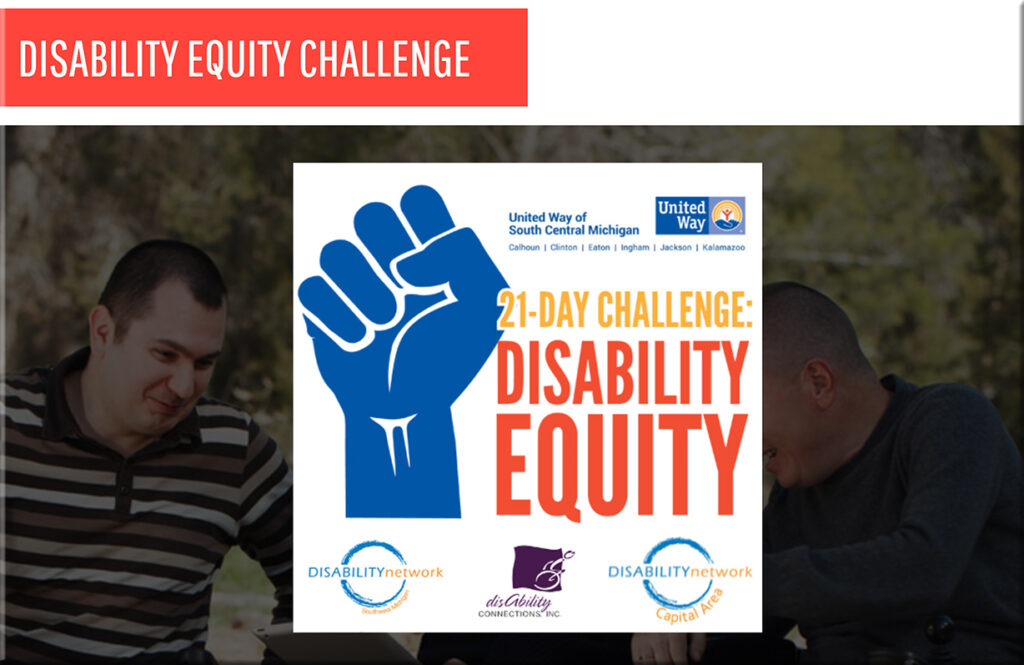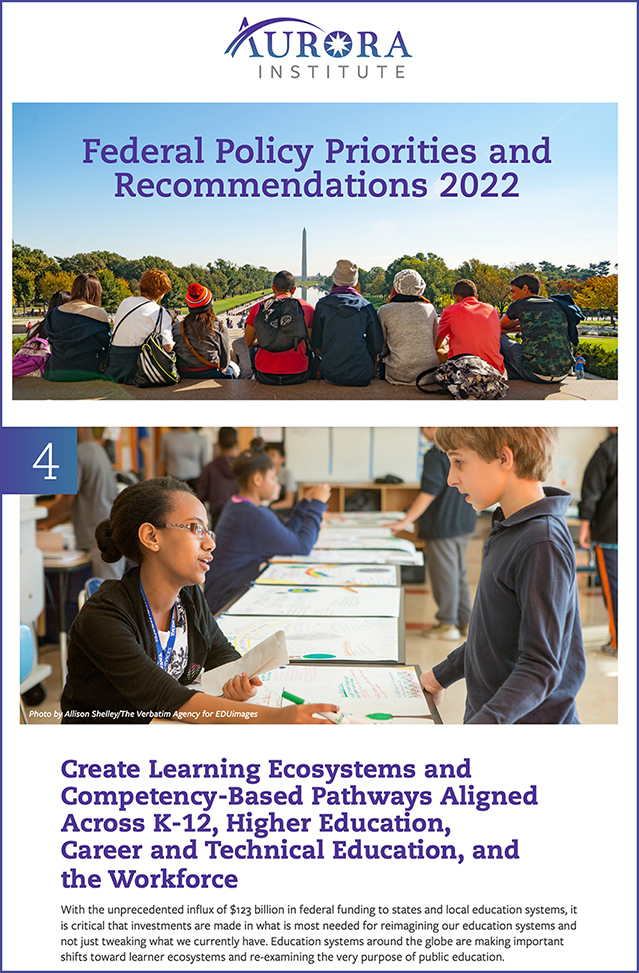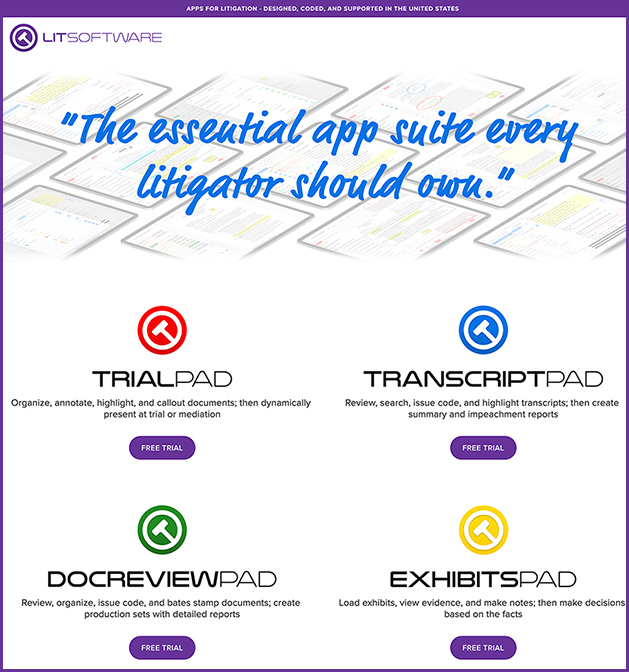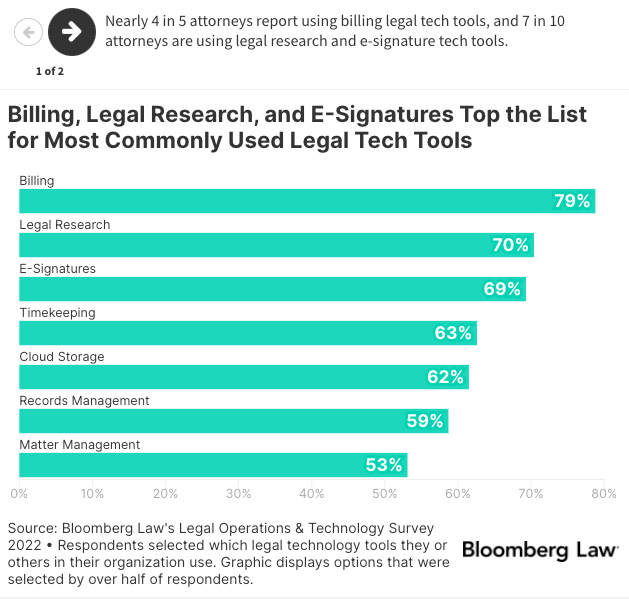Utah’s reforms offer model for serving low-income and indigent people, report suggests — from abajournal.com by Matt Reynolds
Excerpt:
The Utah model of reform allowing nonlawyers to offer legal services could be “critical” to serving people who can’t afford them, according to a Stanford Law School study published Tuesday.
The 59-page report by the school’s Deborah L. Rhode Center on the Legal Profession offers an early look at how regulatory changes in Arizona and Utah have impacted the delivery of legal services. It also examined who is being served by innovations in those states.
Also relevant, see this upcoming webinar:
Two neighboring states — Oregon and California — have recently come to different conclusions on whether to license paralegals to provide some legal services.
In July, the Oregon Supreme Court, with the support of the Oregon State Bar’s Board of Governors, approved a proposal to allow licensed paralegals to provide limited legal services in family law and landlord/tenant cases — two areas of law with large numbers of self-represented litigants. In August, the California legislature, after opposition from some lawyers’ groups, prohibited the State Bar of California from implementing, or even proposing, any loosening of existing restrictions on the unauthorized practice of law before 2025, effectively killing a proposal to permit licensing of paraprofessionals to provide limited legal services.
This webinar will explore how and why Oregon and California reached conflicting results and identify lessons learned from both experiences.
Also relevant/see:
IAALS Panel Explores Alternative Paths to Legal Licensure — from iaals.du.edu
Redesigning Legal: Redesigning How We License New Lawyers from IAALS on Vimeo.
Also see the following items from Natalie Anne Knowlton (@natalalleycat) on Twitter
A new study shows that Utah and Arizona’s ongoing experiments with loosening attorney regulations are offering lawyers “a host of new opportunities to extend their reach” without triggering an increase in consumer complaints. By @JgreeneJennahttps://t.co/IWfpvl8o5G pic.twitter.com/85ruA2K1DN
— Reuters Legal (@ReutersLegal) October 4, 2022
“They may call it innovation; I call it shifting the profits of the legal industry to nonlawyers” – Stephen Younger via @ABAJournal https://t.co/lobRhQonu4
— Natalie Anne Knowlton (@natalalleycat) September 30, 2022

















